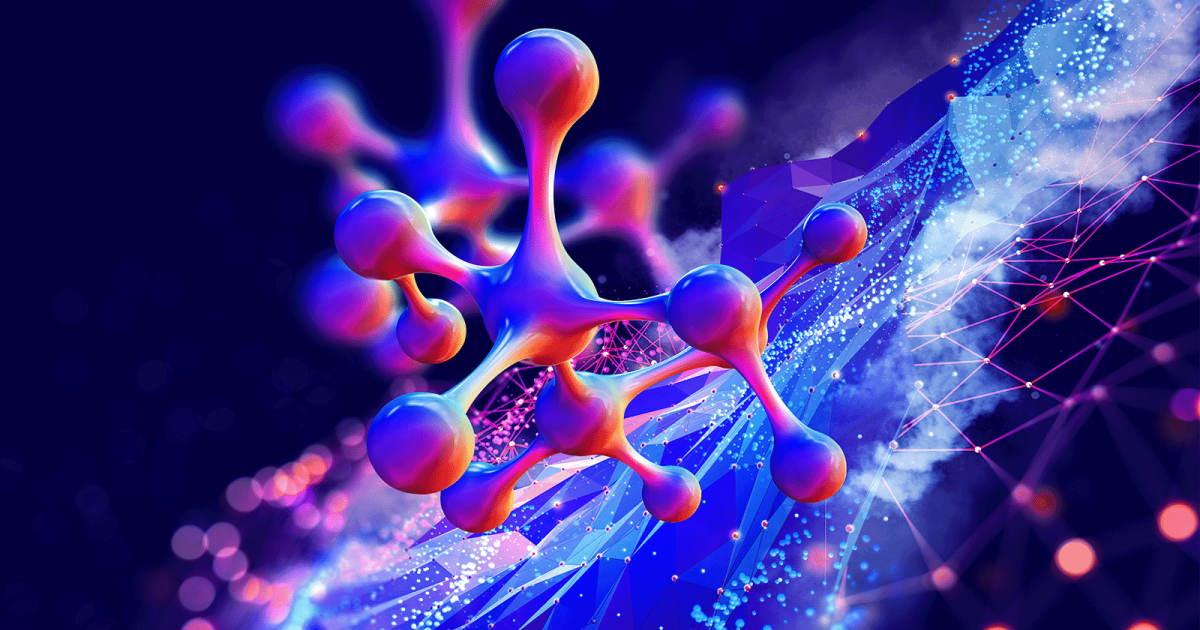Exploring the Evolution and Applications of Nanotechnology
Understanding Nanotechnology
What is Nanotechnology?
Nanotechnology involves the manipulation of matter on an atomic and molecular scale, typically dealing with structures sized between 1 to 100 nanometers.
The Origins of Nanotechnology
The roots of nanotechnology can be traced back to ancient times when craftsmen utilized nanoscale materials, albeit unknowingly, in creating stained glass windows and pottery glazes. However, the formal conceptualization of nanotechnology emerged in the 20th century.
Michael Faraday's Discovery
In the 19th century, Michael Faraday's discovery of colloidal "ruby" gold laid the foundation for nanotechnology.
Evolution of Nanotechnology
Early Developments
Nanotechnology gained momentum in the mid-20th century with the advent of microscopy techniques that enabled scientists to visualize and manipulate individual atoms and molecules.
Milestones in Nanotechnology
Nanomachines
In the 1980s, Eric Drexler introduced the concept of nanomachines and nanorobotics in his seminal work, "Engines of Creation."
DNA Nanotechnology
DNA nanotechnology, pioneered by Ned Seeman and others in the 1980s and 1990s, utilizes the programmable nature of DNA molecules to construct nanoscale structures with precision.
Recent Advances
DNA Origami
Building upon DNA nanotechnology, researchers have devised methods to fold DNA strands into specific shapes, akin to origami at the nanoscale.
Nanomaterials
The development of novel nanomaterials, such as carbon nanotubes and graphene, has opened up new possibilities in diverse fields.
Applications of Nanotechnology
Medicine and Healthcare
Nanotechnology holds immense potential in medicine, with applications ranging from targeted drug delivery and imaging to tissue engineering and diagnostics.
Electronics and Nanoelectronics
In the realm of electronics, nanotechnology has enabled the miniaturization of devices and the development of novel materials with superior electrical properties.
Energy and Environment
Nanotechnology offers promising solutions to energy and environmental challenges.
Manufacturing and Materials
The integration of nanotechnology into manufacturing processes has revolutionized material design and fabrication techniques.
